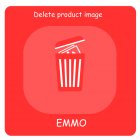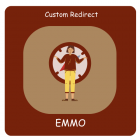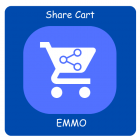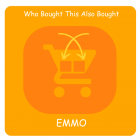How to Create an Empty Cart for Registered Customers in Magento 2 Using GraphQL
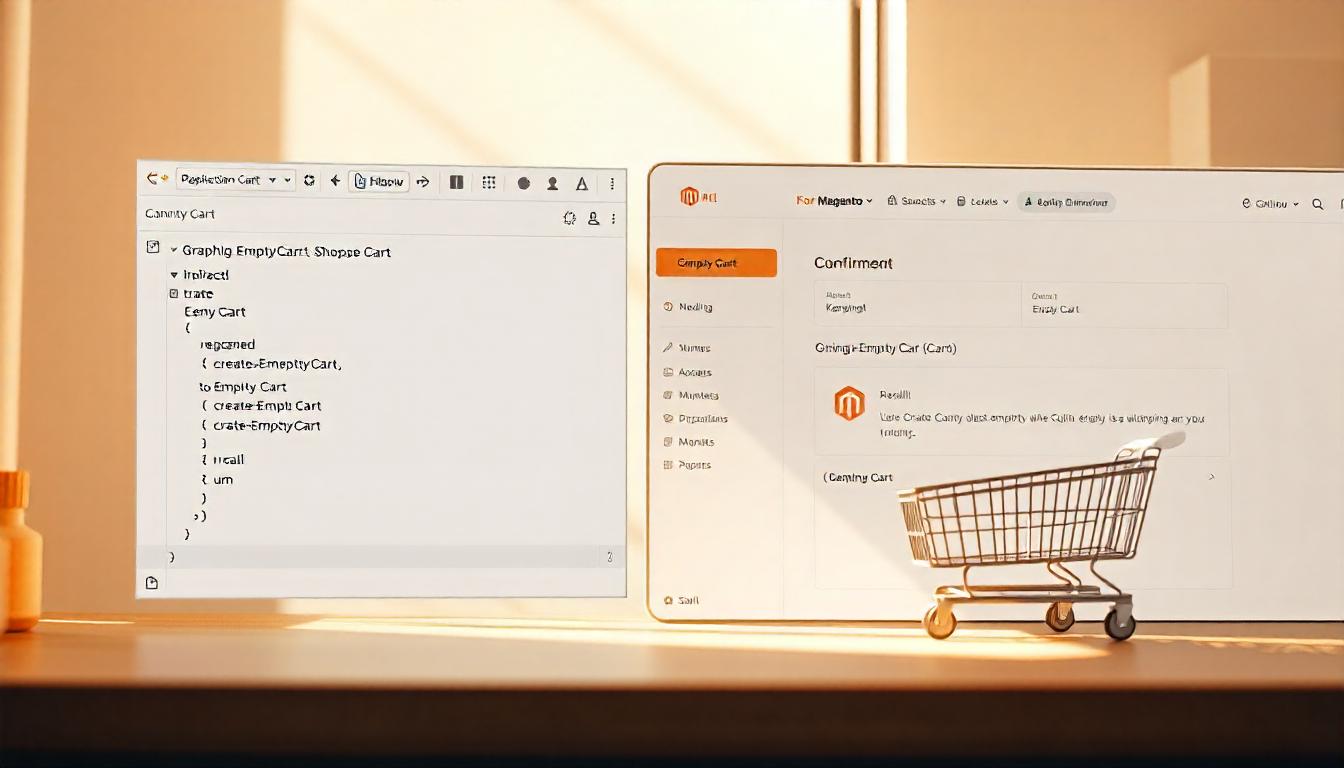
How to Create an Empty Cart for Registered Customers in Magento 2 Using GraphQL
Creating an empty cart for registered customers in Magento 2 using GraphQL is a straightforward process. This feature is particularly useful for building custom frontends, mobile apps, or other integrations that rely on GraphQL APIs for seamless interaction with the Magento backend.
How to Create an Empty Cart for Registered Customers in Magento 2 Using GraphQL
To create an empty cart for a logged-in customer in Magento 2 via GraphQL, use the createEmptyCart mutation. This mutation generates a unique cart ID, which can then be used to add products to the customer's cart with the addProductsToCart mutation.
Key Steps to Create an Empty Cart
Prepare the GraphQL Mutation
Use the createEmptyCart mutation to generate a cart ID. The header must include the customer's authorization token.
mutation {
createEmptyCart
}
Headers Example:
Authorization: Bearer <CUSTOMER_TOKEN>
Understand the Response
The response returns a unique cart ID. This ID is crucial for all subsequent cart operations, like adding products or updating quantities.
{
"data": {
"createEmptyCart": "GuvgCYLvz1HWi8ODkzMQ7NodOtlnfCkG"
}
}
Next Steps: Adding Products
Use the cart ID in the addProductsToCart mutation to include items in the customer's cart.
Tips for Implementation
- Authentication Matters: Ensure you use a valid customer token in the header. If not authenticated properly, the mutation will fail.
- Error Handling: Handle possible errors like invalid tokens or expired sessions to improve user experience.
Common Issues and Fixes
| Issue | Cause | Solution |
|---|---|---|
| Invalid cart ID | Incorrect response handling | Validate the response for cart ID |
| Authorization failed | Missing or invalid token | Ensure token is included and up-to-date |
| Mutation returns an error | Incorrect payload or syntax | Double-check the GraphQL mutation format |
By following these steps and addressing potential errors, you can efficiently create and manage customer carts in Magento 2 using GraphQL.
Tip
To enhance your eCommerce store’s performance with Magento, focus on optimizing site speed by utilizing Emmo themes and extensions. These tools are designed for efficiency, ensuring your website loads quickly and provides a smooth user experience. Start leveraging Emmo's powerful solutions today to boost customer satisfaction and drive sales!
FAQs
What Is the Purpose of Creating an Empty Cart in Magento 2?
Creating an empty cart in Magento 2 allows you to initialize a shopping cart for a registered customer. This cart can then be populated with products using subsequent operations, enabling seamless checkout processes.
How Do You Use GraphQL to Create an Empty Cart?
To create an empty cart using GraphQL, you execute the createEmptyCart mutation. This generates a unique cart ID for the registered customer, which is essential for adding products to the cart.
What Is the Required Authorization for This Operation?
You need a valid customer token for authorization. This token is passed in the request header as: Authorization: Bearer <CUSTOMER_TOKEN>.
What Does the Response of the createEmptyCart Mutation Contain?
The response contains a unique cart ID. For example:
{
"data": {
"createEmptyCart": "GuvgCYLvz1HWi8ODkzMQ7NodOtlnfCkG"
}
}This cart ID is used in subsequent mutations, such as addProductsToCart.
How Do You Add Products to the Cart After Creation?
Use the addProductsToCart mutation and provide the generated cart ID along with the product details. This operation ensures the cart is updated with selected items.
What Are Common Errors When Creating an Empty Cart?
Common errors include:
- Invalid Token: Ensure the customer token is valid and not expired.
- Malformed Request: Double-check the syntax and payload of the GraphQL query.
How Do You Verify If the Empty Cart Is Created Successfully?
You can verify successful creation by checking the response of the createEmptyCart mutation. A valid cart ID indicates success.
Is Cache Clearing Required After Modifying Cart Configuration?
Yes, after any changes to the cart configuration or GraphQL operations, clear the cache using php bin/magento cache:flush to ensure the updates are applied.
Can You Test the Cart Creation Process?
Yes, you can test the process by executing the GraphQL mutation and reviewing the response. Ensure proper authentication and error handling during testing.
What Are the Benefits of Using GraphQL for Cart Management?
Using GraphQL for cart management provides flexibility, efficiency, and detailed control over cart operations. It allows developers to create and manage carts programmatically with precise queries and mutations.

